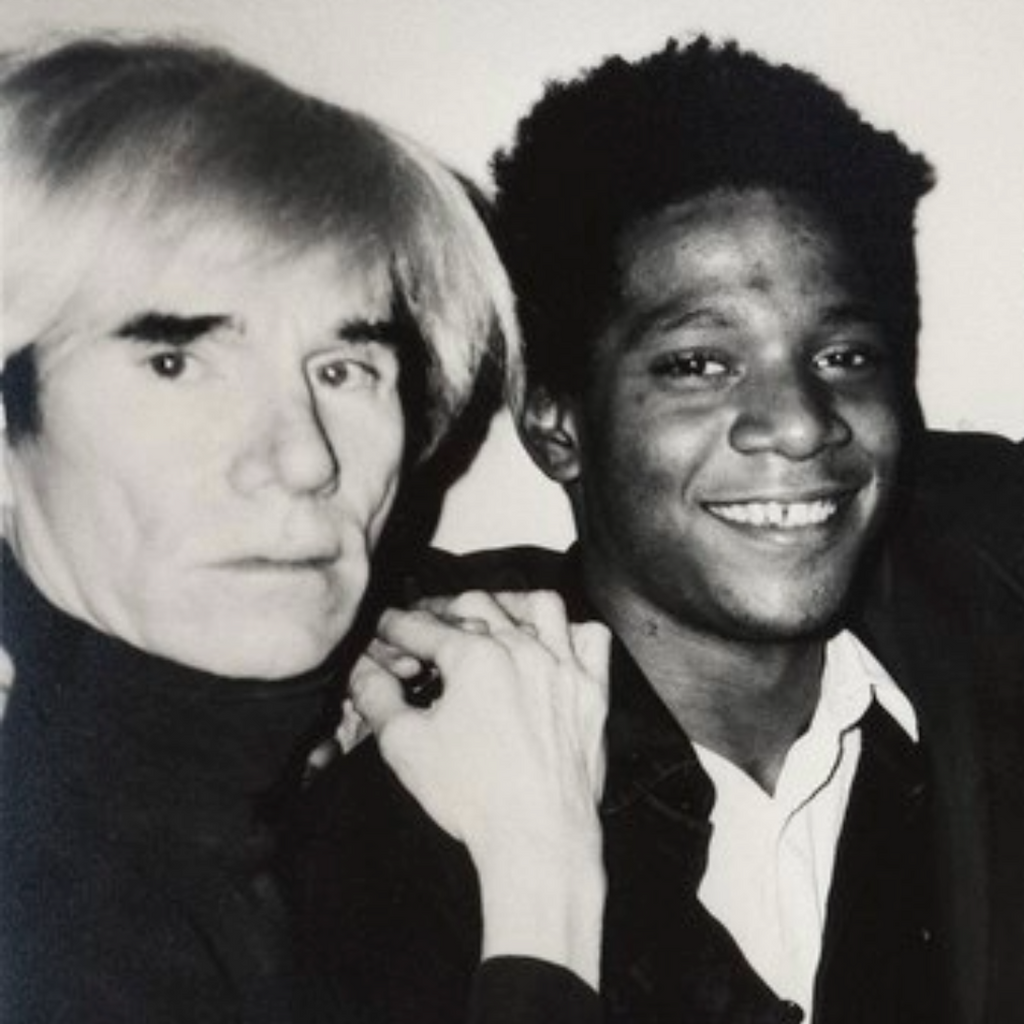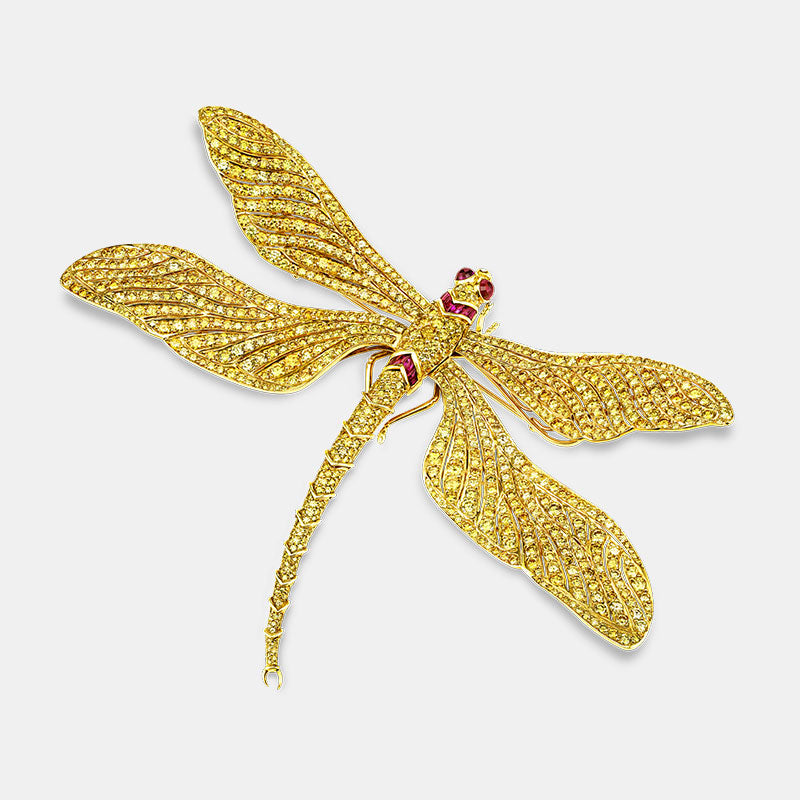Coin collecting, or numismatics, has been known as the “Hobby of Kings” for centuries. Experts believe that the world’s first numismatic was likely Roman Emperor Augustus Caesar, who held a fascination for ancient Greek coinage and built an impressive collection. Until the 20th century, the pastime was almost exclusively available to the most powerful and wealthy individuals, but today, it is a thriving market that has achieved wide popular appeal.
We sat down with M.S. Rau’s resident numismatics specialist and 25-year veteran of the industry, Bruce Smith, to discuss the allure of collecting currency as well as the more practical ins and outs of building your own collection.
What Makes a Coin Rare?
With so many coins in circulation and on the market, it can be difficult to know what classifies a coin as truly rare. “It’s really a combination of a lot of factors,” says Smith. “Date, mintmark, mintage of a strike, surviving populations, condition… all of these factors, combined, along with a few others separate the levels of rarity in the market.”
Some coins are rarer than others due to minting realities. In different years, a mint may strike a different amount of the same coin. Also, consider the type of coin that is being struck. For instance, Proof coins are struck in much lower numbers than a Circulation Strike — usually a few dozen at most. Also, a coin from one of the smaller branch mints like New Orleans, Charlotte or San Francisco could be rarer than a coin struck in Philadelphia or Denver. This distinction is indicated by a coin’s mintmark, which a collector should look for on any new acquisition.
Most of these factors determine how rare a coin is from the onset of the strike. However, over time, it becomes the coin’s rate of survival that can be the most important indicator of rarity. From there, one must consider the condition of those surviving coins. “You may have dozens of coins, for example, that are graded ‘About Circulated,’ but for a rare date or rare mintmark, you may have just two or three coins, with a high ‘Mint State’ grade,” explains Smith. “Of course, those would be extremely scarce, and that's what's going to make the difference. At that point, you have a world-class coin, as opposed to just a rare coin.”

Building an Exceptional Collection
When it comes to building a coin collection, “quality over quantity” is Smith’s top mantra. He touts the importance of having a strategy in mind, which can often begin with a personal passion for a particular historical period. “For example,” Smith says, “some people just love the Wild West theme, so Morgan Dollars are particularly attractive to those kinds of collectors. Some collectors have an interest in the Gold Rush era, so obviously, they're going to focus on San Francisco Mint coins and the Gold Rush era ingots.”
Once you determine what you are passionate about collecting, then you can create a plan for what types of coins you would specifically like to collect. You could build your collection by type, denomination, date, etc. “Once you have a good indication of where you want to go, be sure to implement your strategy each step of the way and be ready to pull the trigger when a coin that fits that strategy becomes available. Some of these coins are going to be really difficult to find, so you’ve got to be ready to say yes when they do show up.”

The Heavy Hitters of Numismatics
Like any other collecting category, the coin market has its Titans; those coins that are truly rare and exceptional and have become household names for coin collectors. The USA Coin Book compiles a list every year ranking the most sought-after U.S. coins on the market, and although that list fluctuates, there are always a few that hold steady. Some icons of the field, Smith reveals, are the 1913 Liberty Head Nickel, the 1804 Silver Dollar and the Brasher Doubloon.
What Attracts Collectors to Numismatics?
On a practical level, the draw of numismatics comes down to privacy, portability and wealth protection, according to Smith. However, beyond the financial aspects, there are other attractive elements that rare currency carries with it. “For a lot of coin collectors, it’s really about legacy building,” says Smith. “These are things that they put their heart and their soul into, and a lot of them will educate their families and bring them along for the journey.”

But, in Smith’s opinion, the true allure of coins is the stories they tell. For instance, America’s founding fathers were intimately connected to the unfolding of coinage in this country. So, if you understand the progression of early American coinage, you can discover its close ties to our founding and the democratic experience. “Collecting rare objects does something different for an individual than collecting wealth on a page. Yes, a stock printout can show that you've gained a lot of money, but that really doesn't grab us, fundamentally, in terms of who we are as humans. Our connection to the human experience is about story. And so, coin collectors have that drive to be deeply connected to the human story and to human history.”
To explore M.S. Rau’s entire numismatic collection, click here.









